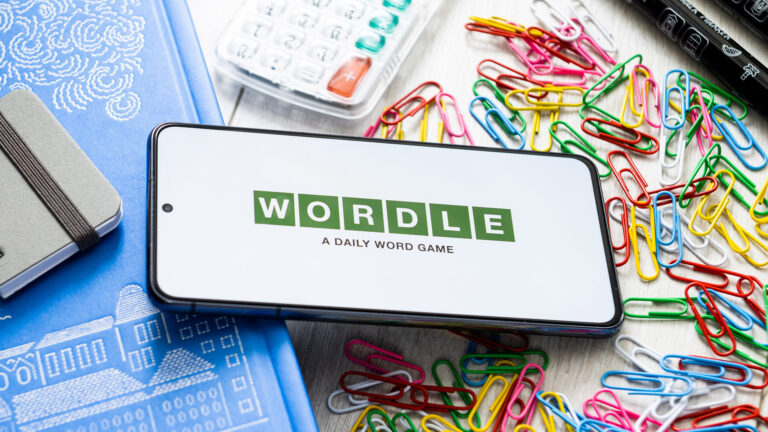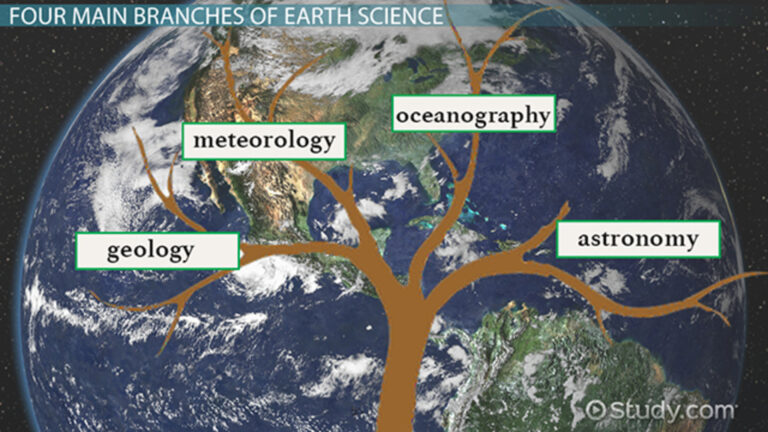
New York Times
Word
Word — it all begins with words. Every headline, every story, every opinion piece starts with that powerful spark. And when we talk about the New York Times, we’re not just talking about a newspaper — we’re talking about an institution built on words that have shaped the world for over a century.
From printing presses to digital screens, the New York Times (NYT) has been the heartbeat of journalism — informing, challenging, and inspiring millions of readers every single day. In a world overflowing with noise, it remains a voice of clarity and credibility.
A Brief History of The New York Times
The New York Times was founded in 1851 by Henry Jarvis Raymond and George Jones. What began as a modest New York newspaper quickly grew into one of the most respected and influential media outlets in the world.
For over 170 years, it has covered wars, elections, revolutions, and innovations — documenting history as it unfolds. Its motto, “All the News That’s Fit to Print,” still appears proudly on its front page, representing a commitment to accuracy and integrity that few others can match.
The Power of Journalism
In every era, journalism plays a vital role — and the New York Times has set the gold standard. Its mission isn’t just to report facts but to explore the deeper meaning behind them. Whether it’s political analysis, human-interest stories, or cultural commentary, the NYT has mastered the art of telling stories that matter.
Its journalists are known for their investigative courage — unearthing truths that often hold those in power accountable. From uncovering government secrets to exposing corporate corruption, the paper has shown that words can be as mighty as any weapon.
From Print to Pixels: The Digital Evolution
The shift from print newspapers to digital media changed everything, and the New York Times embraced it like a pioneer. It launched its website in 1996, long before most newspapers even considered going online.
Today, the NYT has one of the most successful digital subscription models in the world, with millions of paying readers. Its clean design, smart storytelling, and multimedia features — from videos to podcasts to interactive graphics — make it feel alive, modern, and deeply engaging.
And let’s not forget its iconic games section — from the Mini Crossword to the viral sensation Wordle, both of which have become a part of everyday life for readers around the world.
The Vlog Generation and The New York Times
What’s fascinating is how the New York Times has adapted to the “vlog generation.” It doesn’t just publish articles anymore — it tells stories visually and emotionally. From YouTube videos to TikTok clips to Instagram explainers, the NYT has entered the digital storytelling era with energy and creativity.
For vloggers and content creators, it’s also a huge source of inspiration. Many vloggers use NYT stories to discuss social issues, share perspectives, or react to major news events — proving that journalism still drives conversation even in the age of short-form content.
The Voice of Trust in a Noisy World
In a world flooded with misinformation and clickbait, credibility has become rare. That’s where the New York Times stands tall. It’s a publication that has earned readers’ trust through consistent quality, ethical reporting, and fact-checking.
People don’t just read it for updates — they read it for understanding. When a major event breaks, millions turn to the NYT to make sense of what’s really happening. Its writers, editors, and columnists bring context, insight, and depth to every topic — from global politics to everyday life.
More Than News: Culture, Style, and Opinion
The New York Times isn’t just about hard news. Its sections on arts, food, travel, style, and opinion have become iconic in their own right. The NYT Cooking section, for example, has inspired home chefs everywhere with thousands of recipes and culinary stories.
Its Style and Modern Love columns bring warmth and humanity — exploring relationships, identity, and modern life in ways that feel personal and universal at once. The diversity of content makes it not just a newspaper but a cultural companion.
Innovation Through Words
One of the reasons the New York Times remains relevant is its commitment to innovation. It invests heavily in data journalism, virtual reality storytelling, and investigative technology.
It also engages with readers through comments, newsletters, and podcasts like The Daily, which reaches millions of listeners every morning. The NYT proves that even in a fast-changing digital landscape, strong storytelling never goes out of style.
The Global Reach of the New York Times
Though it began in New York, the Times has become a truly global voice. With correspondents around the world, it covers international issues from multiple perspectives. Whether it’s political conflict, environmental crises, or human rights stories, the NYT’s global journalism connects readers to every corner of the planet.
For many, it’s not just a source of news — it’s a window into the world.
The Future of The New York Times
The future of journalism is digital, visual, and interactive — and the New York Times continues to lead the way. With cutting-edge storytelling formats and a focus on truth, empathy, and intelligence, it shows how journalism can still thrive in a tech-driven age.
It’s not just surviving the media revolution — it’s defining it. And that’s what makes it a true legend in the history of words.
Conclusion: The Word That Never Fades
At the end of the day, the New York Times is built on one timeless truth — that words matter. Words can educate, challenge, comfort, and connect us. They can expose lies, celebrate hope, and capture moments that define generations.
From the inky pages of 1851 to the digital feeds of 2025, the New York Times continues to prove that real journalism is not about trends — it’s about truth. And as long as people care about the power of words, its legacy will never fade.





